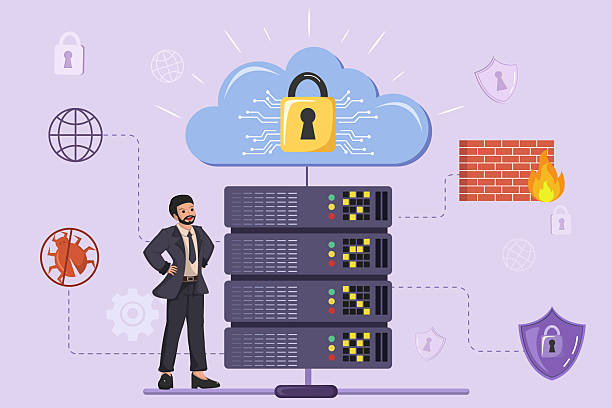Cloud computing has changed how we work. It offers speed and scale. But with ease comes a risk. Storing files online means keeping them safe is a must. Companies now deal with more threats. Hackers seek to breach cloud server data. Without strong steps, data loss becomes real. This is why secure handling is key. Your files and tools live in the cloud. That makes safety a shared job. The provider does part. You must do the rest. If your cloud server data is weak, all else fails. So you need a plan. A smart plan that protects your digital world.
Know Where Your Data Lives
Before you can guard anything, you must know what it is. And where it stays. Many forget that cloud data sits on real servers. These servers may be in many places. Some in your country. Some far away.To manage cloud server data right, start with mapping. Know which files are stored and where. Some are private. Some are for teams. Each needs care. A backup in another zone can help. If one server fails, another keeps you safe. Cloud server data must not float unknown. Track each move. Each upload. Each sync. Make this a habit. When you know your data, you control it better.

Use Strong Access Rules
Many leaks happen from weak login rules. A user gets in who should not. Or a team member shares a link by mistake. This is why rules matter. Start with strong passwords. Add two-factor login. Make sure each user has their own login. Never share one account across many hands. Limit what people can see. Not all staff need all files. Give access only when needed. Then take it back when the work ends. Your cloud server data is only as safe as your access rules. Keep them tight. Keep them clear. Review them often.
Encrypt Everything
Think of encryption as a secret code. It locks your files with a key. Only someone with that key can read them. Even if a hacker grabs your files, they cannot open them. Good cloud server data must always be encrypted. Start with files before upload. Then choose a cloud that encrypts again at rest. That means the files are safe both in move and in storage. Use known tools for this. Pick strong encryption like AES-256. This keeps hackers out. Even advanced ones. Never store keys in the same place as files. Keep them apart. That way, if one part is hacked, the other stays safe.

Make Regular Backups
Cloud tools make backups easy. Yet many skip this step. They think the cloud is back up. But even clouds can break. Or lose data. To protect your cloud server data, plan backups often. Daily is best for active work. Weekly works for slower files. Keep copies in different places. One in the cloud. One offline. This gives you a fallback if one fails. Check your backups often. Make sure they work. A bad backup is worse than none. Losing cloud server data can hurt your work. Or your name. A good backup saves you from both.
Watch for Threats in Real-Time
Threats never sleep. Your guard should not either. Use tools that track changes to your files. Watch who logs in. Where they log in from. Cloud server data can be stolen fast. A few wrong clicks, and it’s gone. Alerts help you act quickly.
⦁ Set alerts for logins at odd hours. This helps you spot risk fast.
⦁ Track user actions in real time. Sudden moves may show danger.
⦁ Watch for large data exports. Hackers often steal in bulk.
⦁ Block access from unknown IPs. This stops far-off attacks.
⦁ Use auto-lock on odd actions. This limits damage fast.
Set up alerts for odd moves. A login from a new place. A large file move. A late-night login. These may show risk. Pair alerts with auto actions. Like freezing a login. Or pausing access. This stops harm while you check. Cloud server data should not be left on its own. Watch it like a hawk.
Train Your Team
Even the best plan fails with poor users. A weak link can undo all your steps. This is why training is vital. Make sure your team knows the rules. Teach them what safe cloud use looks like. Share real stories of data loss. This builds care. Run fake attacks to test them. See how they respond. Help them improve. Reward safe habits. Cloud server data is safe when all hands work right. One smart move by one person can save your whole system.

Pick the Right Provider
Not all clouds are equal. Some care more about safety. Some offer more tools. Pick one that fits your needs. Check their safety record. Read user reviews. Ask about past issues. A good cloud team will be open. Look for features like file version history. End-to-end encryption. Safe file sharing. Audit logs. These help you manage your cloud server data better. Also ask where their servers are. What laws they follow. Some regions have strict rules. Others do not. Choose based on what keeps you safe. Changing clouds is hard. So choose well the first time.
Conclusion
Cloud use is now a part of life. We use it to work. To share. To store. But we must stay alert. Cloud server data needs strong care. From access to backups. From training to choosing the right cloud. Each step plays a role. One weak point can break your whole setup. But with care, the cloud can be your safest tool. Start now. Review your system. Fix what is weak. And stay ready. Your data deserves no less.
